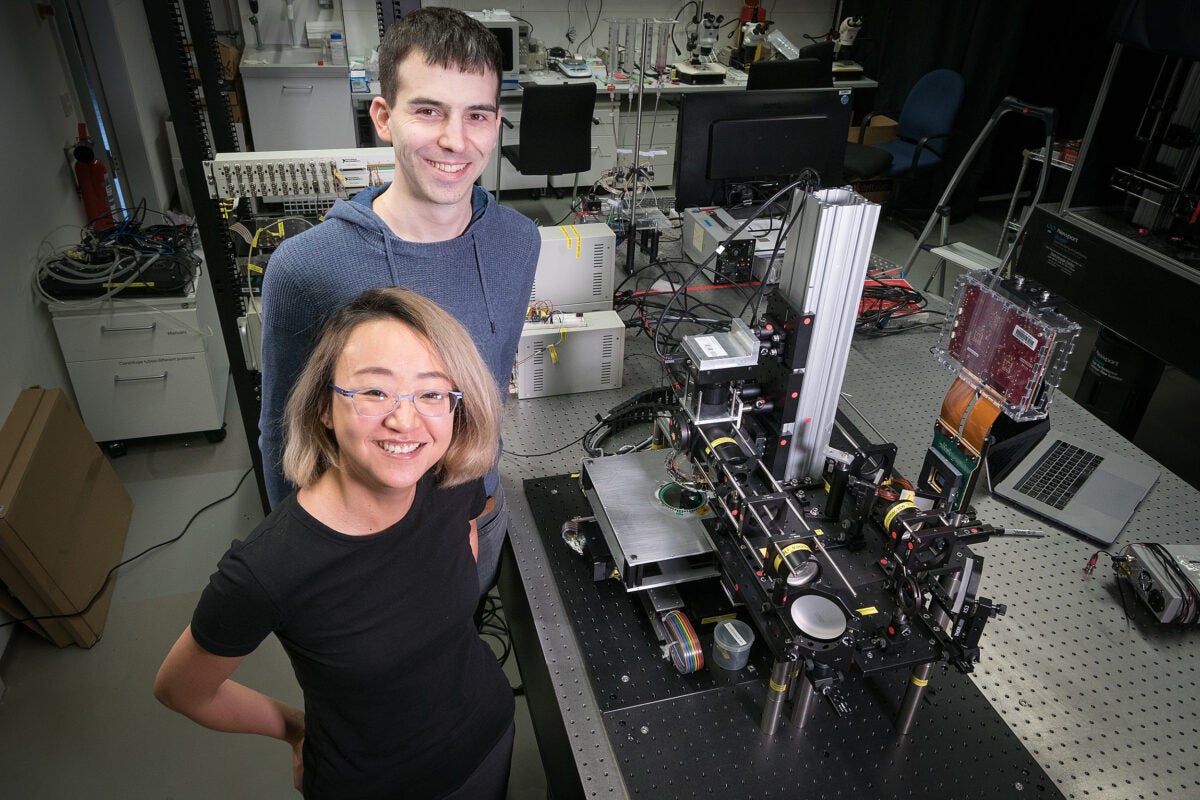Are You Ready for Technology To Connect With Your Brain?

Technology has surely come a long way. With recent events, there are some suggestions that new technology can help you to connect with your brain and bring auspicious results. According to a recent Harvard Journal, it has been said that,
‘The technology that is being said here is really specific. It can help connect with the brain and help people do their tasks. It is more like artificial insemination where people are merged with their technological counterparts and asked to carry on. But the new tech is still a seamless option as we have not figured out how to work on the same’.
Humans are investing extra money and time in a personal era, including clever speakers, smartwatches, wearables, and VR headsets. The COVID-19 pandemic has expanded our adoption of the new generation and elevated our reliance on it for social connection, enjoyment, and academic reviews.

As we spend extra time at home, lots of us are turning to generation to augment our fact. Wearables — including smart earbuds, lenses, watches, jewelry, bracelets, or even fabrics — layer biometric facts, audio interaction, and visible information over our lived reviews. As the wearable era becomes commonplace in our each day lives
How can they help us?
This falls largely into the two categories of choices. One is called the invasive and the other one called the private. For the invasion or the invasive feature of the tech, they are to be merged with our brain and bring a report of what we do and where we move. It is like a controlled program that is monitored from every single end. On the other hand, there is a choice of private merging. Private is where the people have a say on their movements which are being watched and controlled.
Invasive BCIs, like Neuralink, need brain surgery — physicians drilling to the skull to implant the unit and high-precision operation robots to properly attach the microscopic electrodes to neurons. Invasive BCIs capture greater information and can be planted in various regions of the mind.

Invasive BCIs are powerful in treating spinal cord injuries, restraining prosthetic limbs, and treating depression.
Non-invasive BCIs need no surgery but rely on noisier signals from electroencephalogram (EEG) and infrared devices worn on the head.
DARPA’s Brain Initiative is operating on an impressive width of BCI jobs that aim to help the body cure itself, reestablish sensory deficits brought on by harm, and fortify military support members by letting them operate drones, quietly communicate, and incorporate into protection systems.
Companies like Kernel, Qneuro, NeuroSky, and EMOTIV Are quickly moving toward widely-available apparatus and less-invasive BCI methods.

These companies are working to measure and evaluate brain Activity for a variety of applications, from playing games and pressure reduction to typing words out by thinking them. More and more invasive technologies are being introduced every day. We are about to see a new revolution and rise in society. The new world will be somewhat controlled with the speeds of technology that can help us move better.




